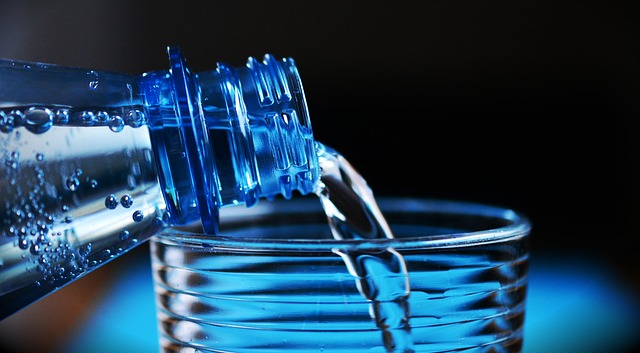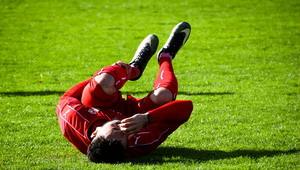
Over the last couple weeks I have had several patients come in complaining of muscle cramps. The locations were varied, the hand, calf, top of the thigh, arch of the foot, and of course back muscle cramps. This upturn in muscle cramping fits our current weather here in Sacramento right now – hot. We have been having a long hot spell, and that means a lot of sweating. With sweating comes a loss of important electrolytes, mainly sodium, potassium, calcium and magnesium. All four of these are essential for muscles to contract and release properly.
I doubt many of you are interested in the physiology and chemistry of why and how muscle cramps relate to electrolytes, but if your electrolyte concentrations are low then the chemistry does not work and muscles tighten up and can’t let go like they normally do. I have had patients who cramped so badly that they tore muscles and ended up bruised. In hot weather it is easy to lose electrolytes through our sweat, and if we do not replace them muscles start to cramp.
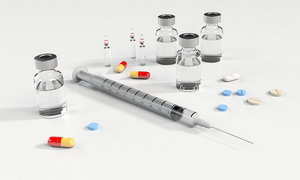
Some medications also set us up for cramps. High blood pressure meds, birth control pills, cholesterol lowering drugs, insulin, and beta agonist asthma meds all increase the likelihood of muscle cramps.
A good diet should supply us with all the electrolytes we need, but most Americans have no idea what a good diet is. We tend to eat plenty of sodium in over salting our food. This was not the case 50 years ago, and I remember our gym class instructor having a bottle of salt tablets for us to take if we started cramping from sweating too much in class. Potassium and magnesium are the far more common deficiencies in today’s diets. In fact magnesium is considered to be the most common deficiency in most Americans. Potassium needs to balance sodium to create the electrical energy every cell uses to make everything happen. 25% of the energy we create from the food we eat is used to push sodium out of cells and pull potassium into cells. This makes each cell a little battery that makes things like muscles able to contract and nerves to send signals. If you do not have enough of these electrolytes you get messed up.
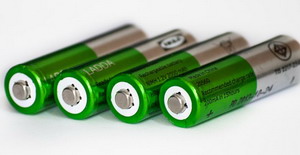
What are some symptoms of low electrolytes?
Restlessness
Constant or frequent headaches
Feelings of anxiety
Insomnia or difficulty sleeping
Constant thirst
Irregular heartbeat or palpitations
Changes in blood pressure
Fevers
Confusion and difficulty retaining focus
Bone and joint pain
Digestive difficulties such as diarrhea, cramp, and constipation
Loss of appetite and weight loss
Chronic fatigue
Dizziness
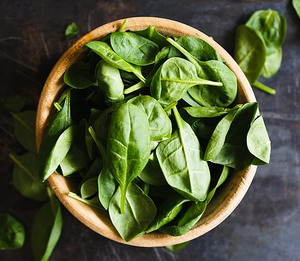
Potassium and magnesium are readily found in leafy green vegetables, so if you are drinking your 10 cups of leafy green vegetables in your green smoothie each morning, you will have all the electrolytes you need for the day. What? You say you don’t consume 10 cups of leafy green vegetables every day? Why not, they taste so good! There you see the problem. In a great diet 80% of what we eat is vegetables. That means for every 4 ounce burger patty you want to eat 16 cups of raw spinach. How many of us do that? Now to be fair, 16 cups is not quite true because the burger will have some potassium and sodium in it, but not much magnesium.
Bottom line – in hot weather we need to take in extra electrolytes if we are going to be out in the heat. If you are a gym rat or runner or otherwise do a lot of aerobic exercise then you need to replace electrolytes all the time. There is a whole industry dedicated to this need – the sports drink industry. The problem is the crap they put into the sports drinks will kill you. The high doses of high fructose corn syrup and the insane levels of florescent dyes so you can spot your drink from 100 yards away are crazy. Most people know how bad the high sugar levels are for you, but most do not know that those food dyes and colors bind to the

proteins in your food and block their digestion. That guarantees the growth of toxic gut bacteria because of all the undigested proteins ending up in your colon. (Popsicle tongue is food coloring binding to the proteins of your tongue cells.)
A bit of information I came across during random researching a few weeks ago was that potassium chloride has very different effects on the body compared to potassium bicarbonate. We have always focused on the minerals sodium, potassium, and magnesium as electrolytes and ignored what they are bound to. These are also electrolytes. Chloride is an important electrolyte that raises blood pressure and is also used to make our stomach acid for digestion. Bicarbonate does the opposite and lowers blood pressure while also alkalizing the blood and tissues. Bicarbonate has recently been found to calm down autoimmune conditions by generating a more anti-inflammatory environment in the body by reversing overly acidic blood. Bicarbonates neutralize acid. That is why you can use baking soda to neutralize an acidic stomach.
So what makes a good electrolyte blend? Obviously we need sources of potassium, sodium, and magnesium. The ratios are very important. Research suggests that the potassium should be much more abundant that sodium. Throughout human history potassium was
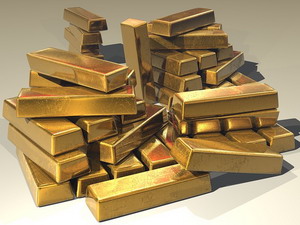
available in plants while sodium was very scarce. The salt trade was very valuable through most of history. At times it was considered as valuable as gold because it was so scarce. So our bodies are used to saving sodium in the kidneys at the expense of potassium. So we need at least 2 to 3 times as much potassium as sodium. But you have to be cautious with potassium as a supplement as too much potassium can cause serious heart problems. Potassium is very much a Goldilocks mineral. We need 4 to 6 grams a day, not more and not less. If you eat a lot of vegetables then you need less. If you eat more meat, dairy, and bread you might get 1 gram of potassium from your food in the day.
So back to a good formula for an electrolyte blend. We want a mixture of both chlorides and bicarbonates, like sodium chloride and potassium bicarbonate. A nice form of magnesium like magnesium malate gives us a double bonus because the malate part also supports our energy production pathways in the citric acid/Krebs cycle (for those of you that remember your high school biology.) I wanted to
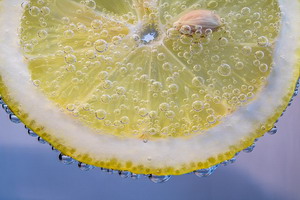
add a little calcium citrate for this reason as well, but it triggered an effervescent bubbly effect by releasing some CO2 from the bicarbonate neutralizing the benefit of the bicarbonate. For this reason I chose the carbonate form of calcium. A little stevia for sweetness makes it much easier to take.
A final bonus addition is taurine. Taurine has a lot of benefits to the body for heart health, nervous system health, and stress reduction. But for electrolytes, taurine helps keep the potassium and magnesium in the cells and the sodium out of the cells. This makes the cellular batteries stronger and our cells healthier.
So supplementing your life with good hydration and well a formulated mixture of electrolytes can go a long way in
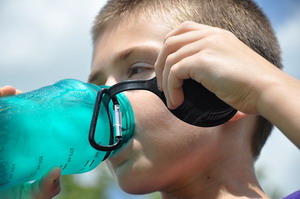
preventing muscle cramps and improving the general health of every cell in your body. You know what is coming next – I have been putting together just such a product for you since I have not found anything on the market that does just what I want. It is made with the components I have described above with the added bonus of the sodium chloride (salt) source being a natural salt with 76 trace minerals in it as well. This is a sort of super electrolyte blend. Maybe that is what I should call it – Dr. Dave’s Super Electrolyte Blend. I like it! I will make some up this weekend to have in the office Tuesday morning. Just a shake or two into a glass of good quality water and your electrolyte drink is ready to go without all that added sugar and food coloring. I find that it goes well in herbal tea, non-carbonated drinks, coffee, or good old water.
